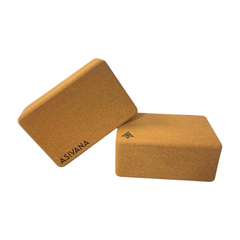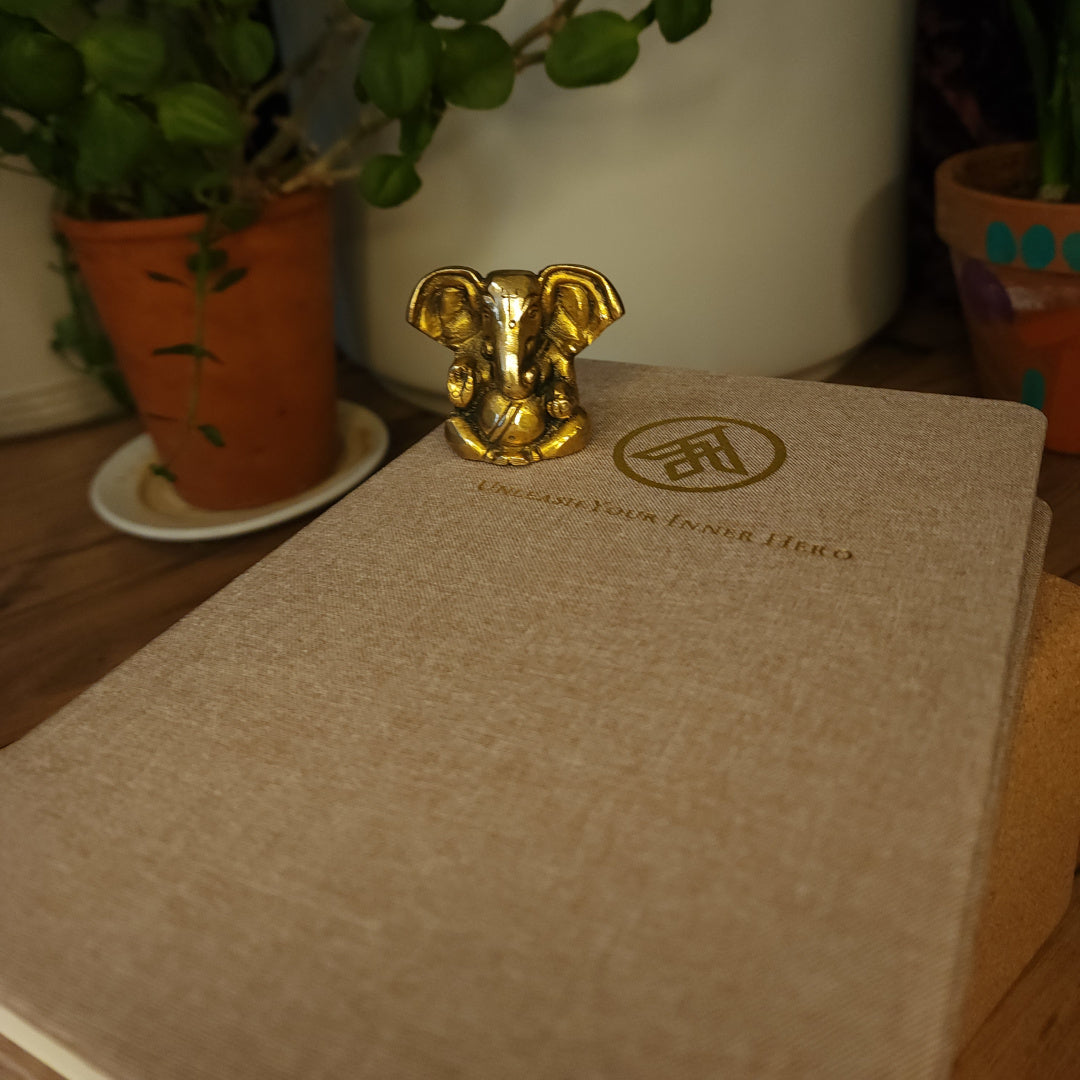Antahkarana (Inner Instrument)
Jack UtermoehlShare
Antahkarana is a Sanskrit term meaning “inner instrument” or “inner faculty.”
It refers to the subtle system of the mind that governs perception, thought, identity, and memory.
In yogic and Vedantic philosophy, antahkarana is composed of four interconnected aspects: manas (sensory mind), buddhi (intellect), ahamkara (ego), and citta (memory/consciousness).
Together, they form the inner mechanism through which experience is processed, filtered, and interpreted.
Etymology and Meaning
Sanskrit Spelling: अन्तःकरण
Root Words: "Antah" (inner) + "Karana" (instrument)
Translation Variations: Inner instrument, mental system, internal mind
Pronunciation: Antaḥkaraṇa [UN-tuh-kuh-ruh-nuh]
The antahkarana is not a singular entity but a system of subtle faculties that allow consciousness to interact with thought, emotion, and the world.
The Four Aspects of Antahkarana
Manas (Mind): Receives sensory input, manages impulses, and generates doubt or indecision. It is reactive and moment-to-moment.
Buddhi (Intellect): Discerns, decides, and guides action with clarity and insight. It is the seat of wisdom and discrimination.
Ahamkara (Ego): The "I-maker" that forms personal identity and claims ownership—“I am,” “This is mine.”
Citta (Memory): The storehouse of impressions (samskaras) and latent tendencies that influence thought and behavior.
Each function operates in concert, shaping how we experience reality. Together, they form the subtle body’s lens—one that can be distorted or purified through practice.
Antahkarana in Yogic and Vedantic Philosophy
In yoga, the aim is not to destroy the mind but to refine the antahkarana so it becomes a clear channel for the Self (atman):
- Still the manas through breath and sense control (pratyahara)
- Sharpen the buddhi through study, self-inquiry, and discernment (viveka)
- Dissolve ahamkara through devotion and humility
- Purify citta by releasing stored impressions through meditation and mindfulness
When the inner instrument is balanced and still, it reflects the truth of our deeper nature—pure consciousness beyond personality or thought.
Symbolism and Structure
- Analogy: Like a chariot—citta is the memory of past roads, manas is the reins, buddhi is the driver, and ahamkara is the passenger who says “this is my journey.”
- Elemental Connection: Subtle interplay of all elements—space for memory, air for thought, fire for discernment, and so on
- Chakras: Functions span from the root (reaction) to crown (pure awareness)
Yoga Essentials for Your Practice
Support your yoga journey with high-quality, sustainable props designed for comfort and stability.

Crafted from eco-friendly cork for durability and a comfortable practice.
$24
Shop Now
Includes everything you need to get started: a mat, blocks, and a yoga strap.
$120
Shop NowPractical Application
In Yoga Practice
- Use asana to regulate manas, and breathwork to create space in citta
- Meditation and scriptural study sharpen buddhi
- Devotional practices like mantra or seva soften ahamkara
In Daily Life
- Recognize which aspect is leading—Are you reacting (manas)? Judging (buddhi)? Defending (ahamkara)? Replaying (citta)?
- Practice presence to reset the system and move from reactivity to awareness
- Keep the inner instrument aligned by living in harmony with your values and nature
Quotes and Wisdom
"When the inner instrument is still, the Self shines as it is." — Yoga Vasistha
"Mind is a servant—clarify it, and it becomes a window. Obscure it, and it becomes a wall."
Modern Relevance
The antahkarana system explains much of what modern psychology explores: memory, thought, identity, and behavior.
Yet yoga offers a deeper purpose—not to perfect the personality, but to transcend it.
By understanding and refining the inner instrument, we open a path from confusion to clarity, from reactivity to realization.
Related Concepts
Atman: The true Self that witnesses and guides the antahkarana
Vrittis: Fluctuations in the mind-field that arise from all four faculties
Samskaras: Subtle impressions stored in citta, influencing behavior and perception
How to Refine the Antahkarana
Mindset: Approach the mind as a tool for awakening, not as the self
Actions: Meditate daily, inquire into the source of thought, cultivate humility and clarity
Reflection: Ask, “What inner pattern is shaping my experience right now?”
Suggested Reading
- The Yoga Sutras of Patanjali
- Vivekachudamani by Adi Shankaracharya
- The Crest Jewel of Wisdom by Swami Prabhavananda
Conclusion
Antahkarana, the inner instrument, is the subtle bridge between the world and the Self.
When refined through yoga and self-awareness, it no longer distorts the truth but reflects it—revealing consciousness in its purest form.
Mastering this inner system is the essence of the yogic path.






